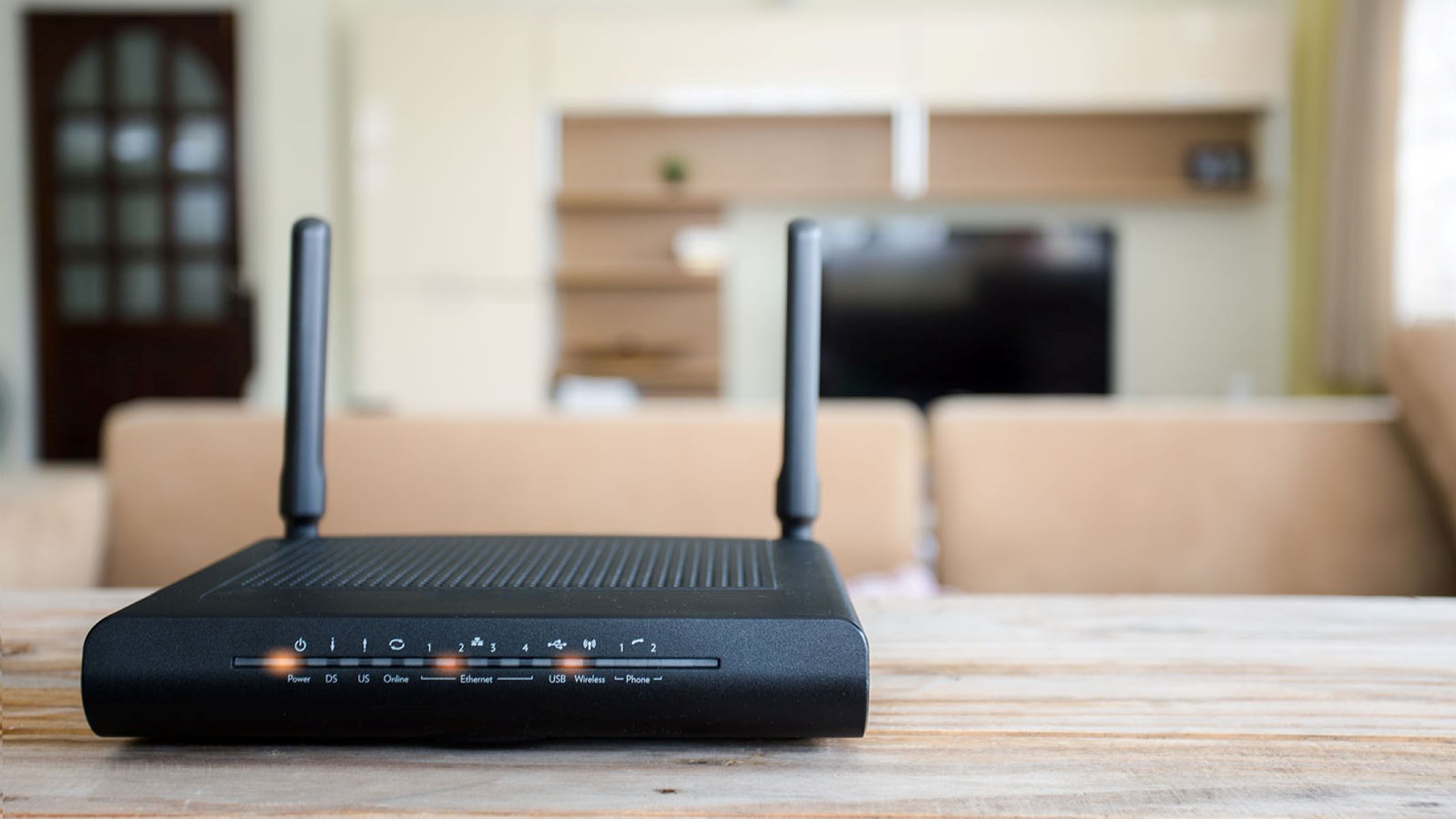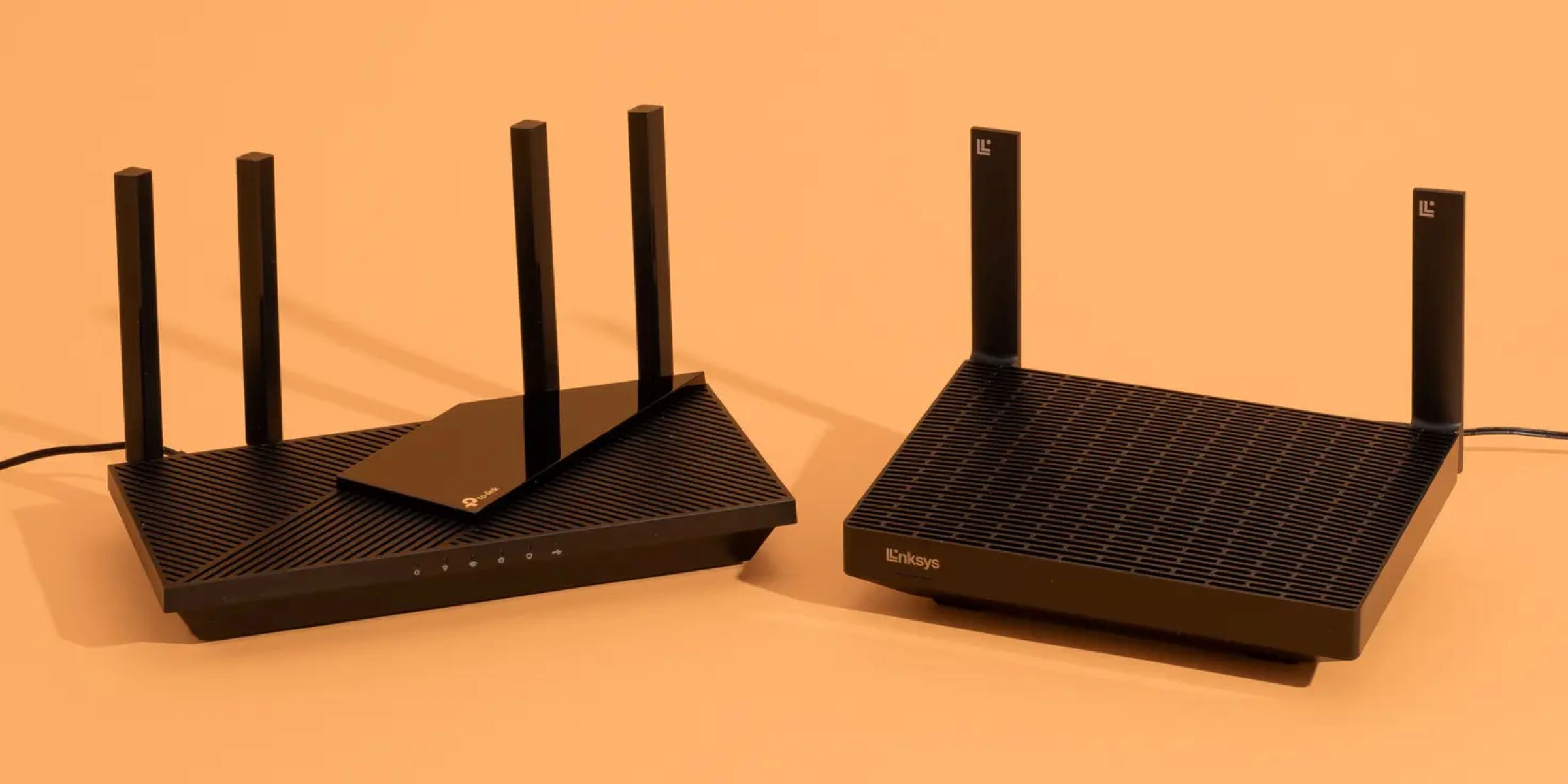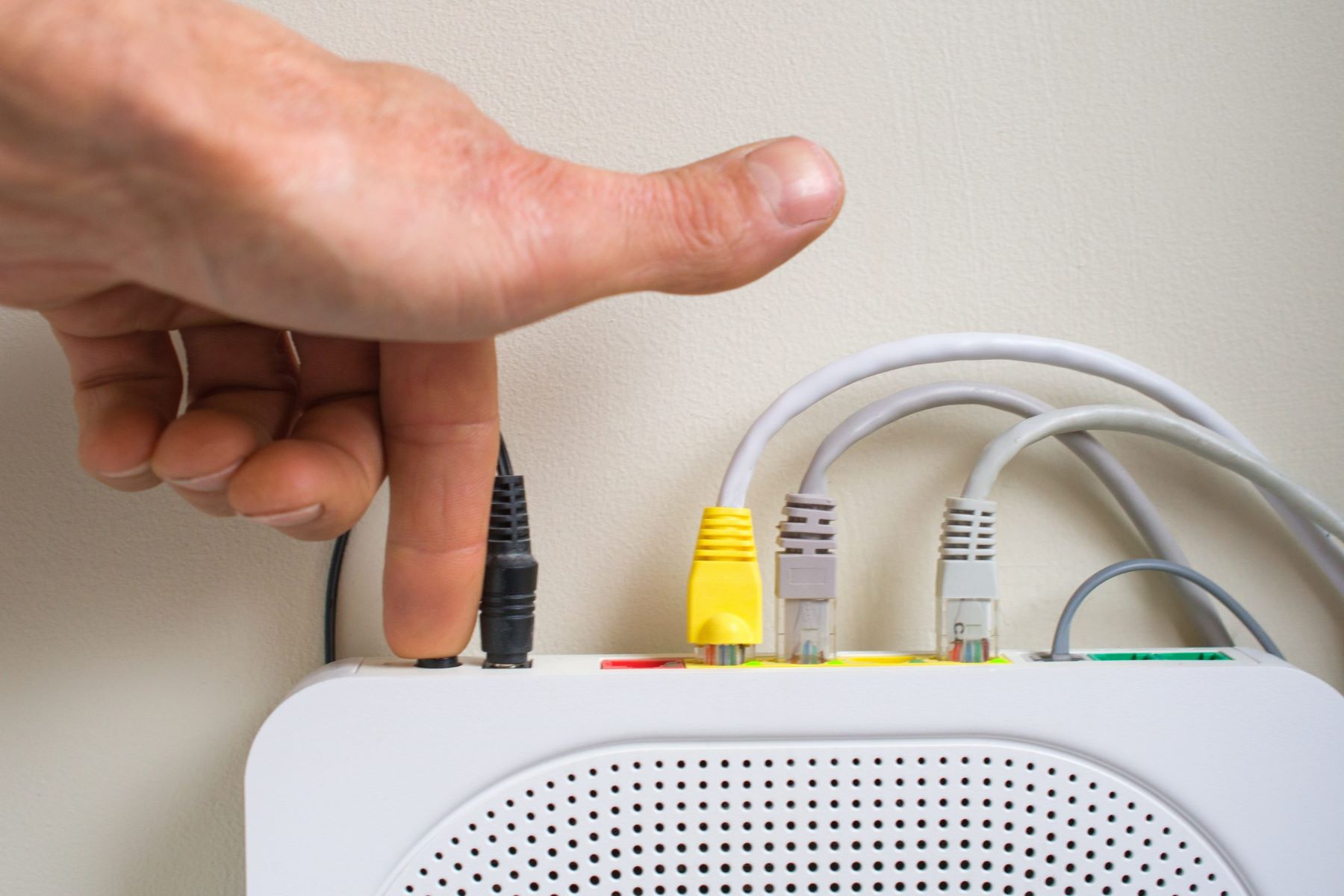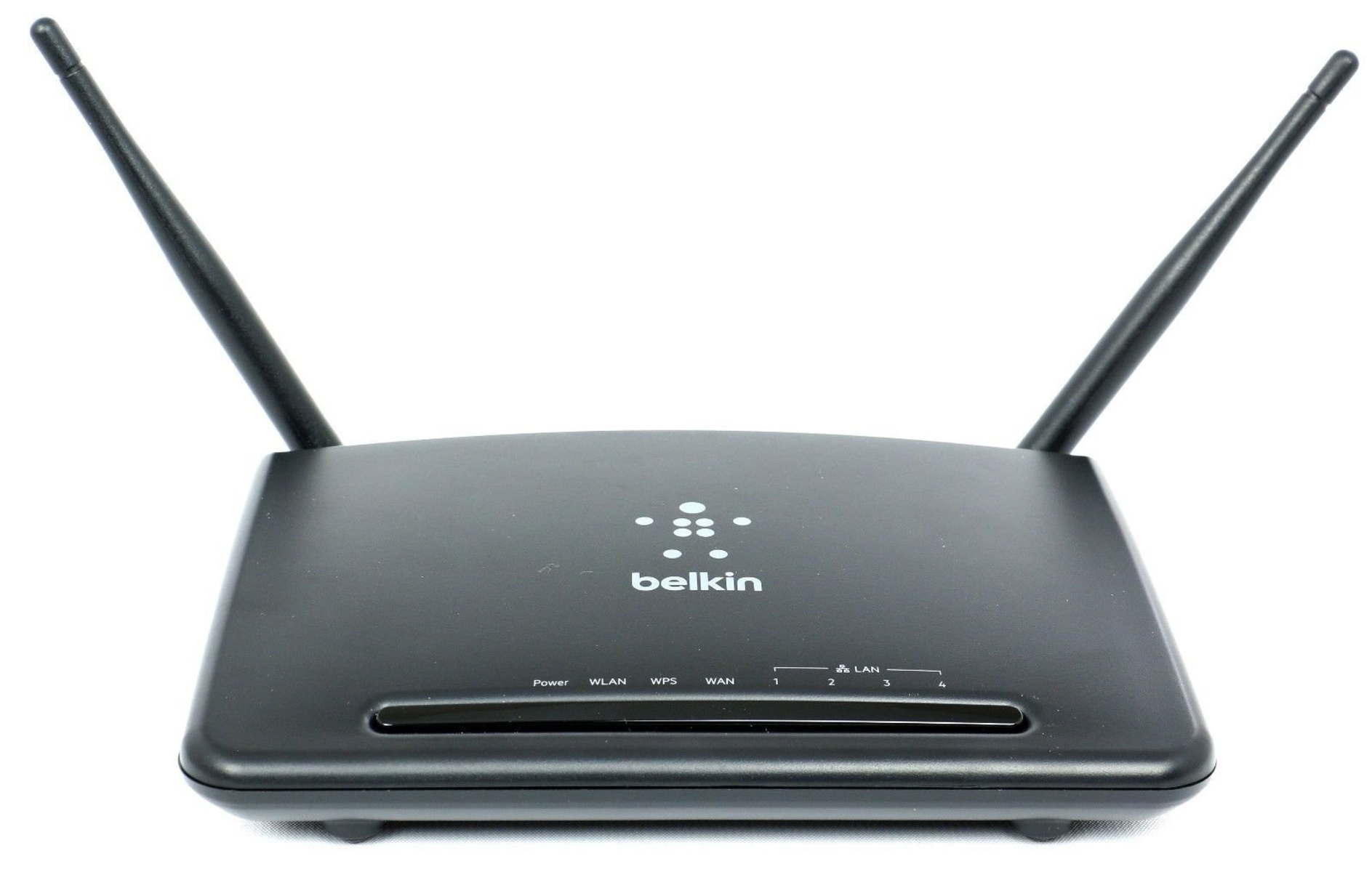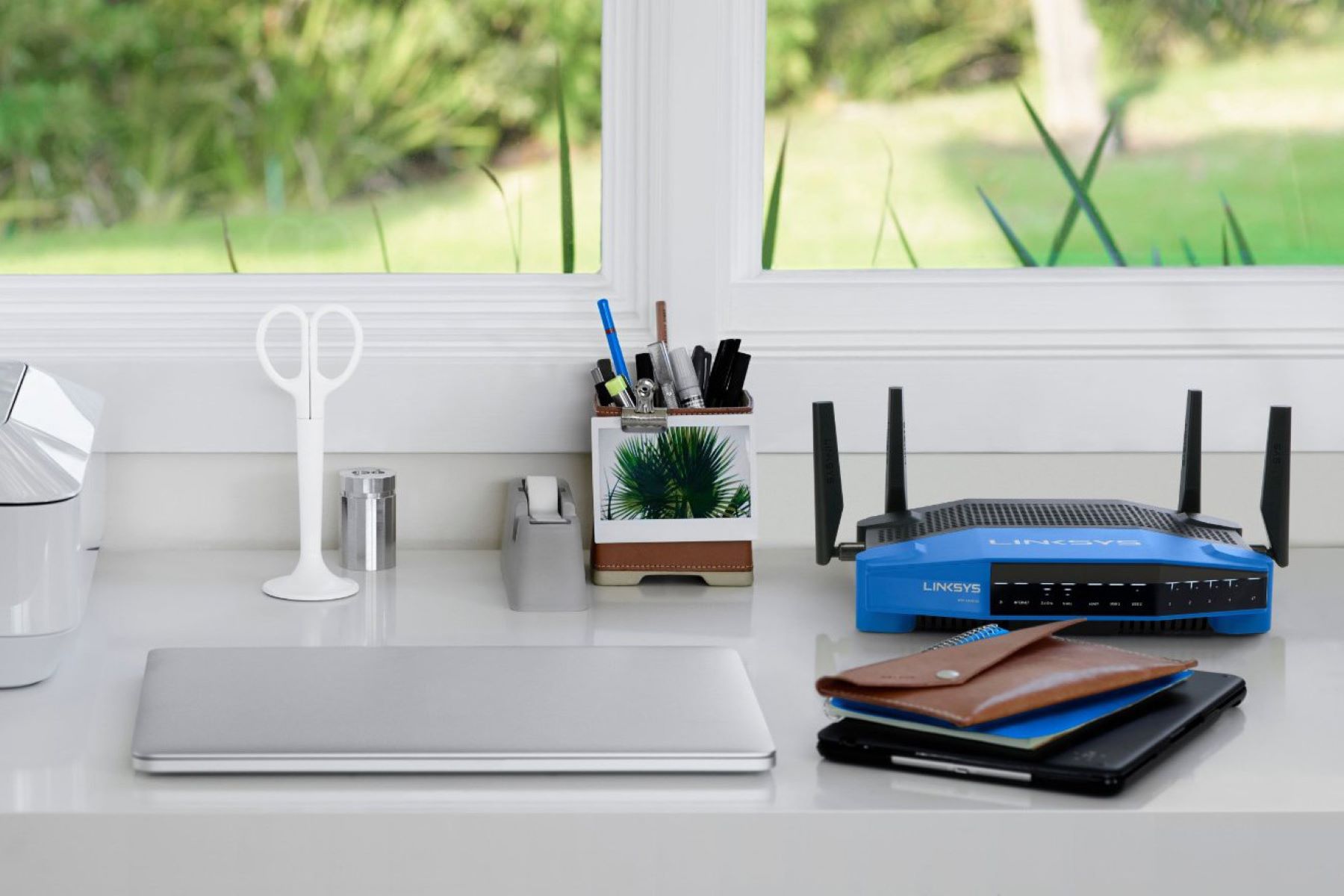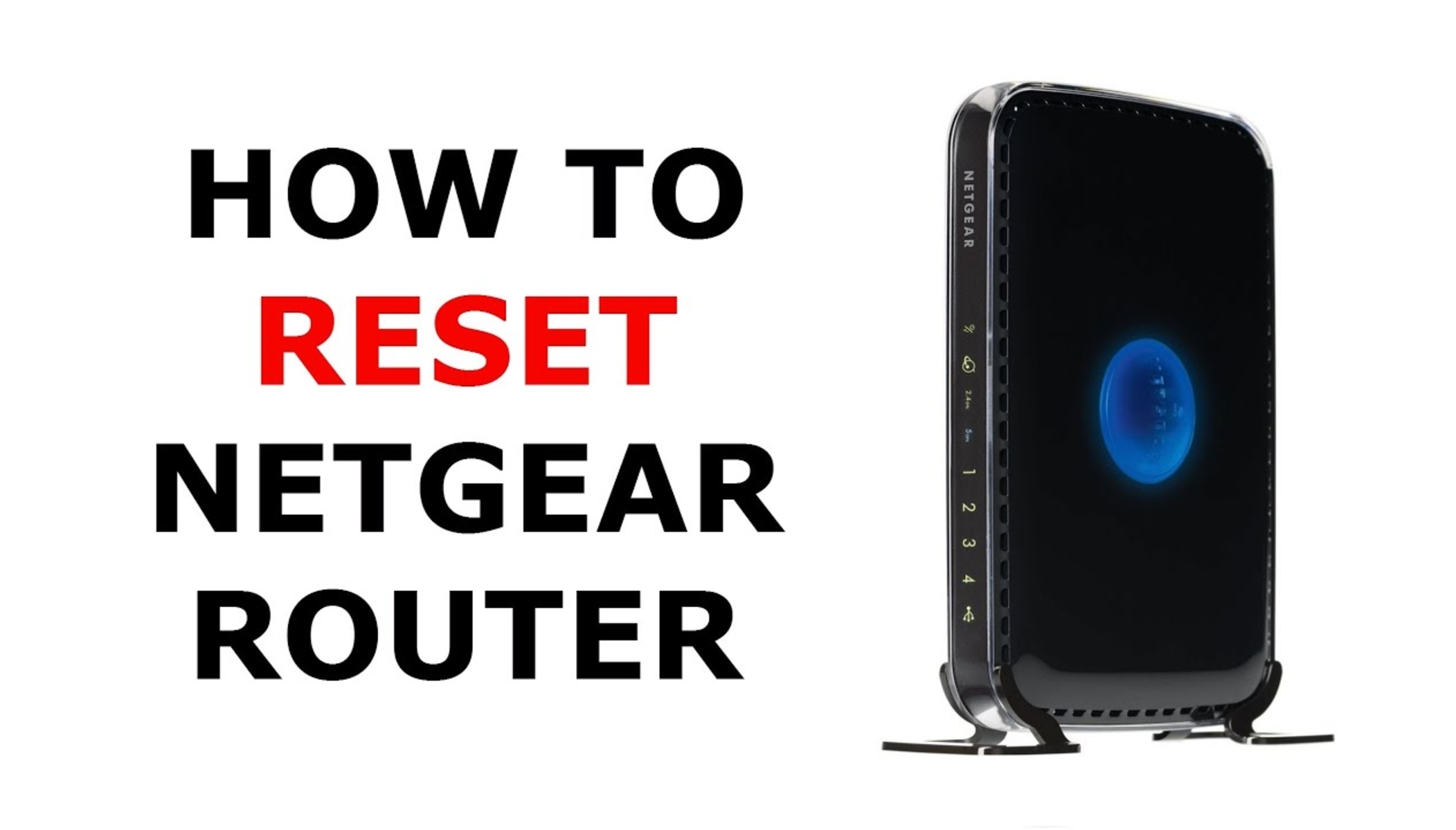Introduction
Routers are an essential component of modern internet connectivity. Whether you’re at home, in the office, or even at a public hotspot, chances are, you’re connected to a router. But have you ever wondered what exactly a router is and how it works?
Simply put, a router is a networking device that directs internet traffic between different devices in a network. It acts as a central hub, allowing multiple devices to connect to the internet and communicate with each other. Without routers, the internet as we know it wouldn’t exist.
Routers play a crucial role in determining the efficiency and speed of your internet connection. They ensure that data packets are sent to their intended destinations, minimizing latency and maximizing the overall performance of your network. But how do routers accomplish this? Let’s delve into the intricacies of their functioning.
Moreover, there are different types of routers available in the market, each with its own set of features and capabilities. Depending on your specific needs, you can choose a router that best suits your requirements.
In this article, we will explore the world of routers, understanding their purpose, functionality, and benefits. We will also discuss the process of setting up a router, troubleshooting common issues, and provide tips for choosing the right router for your needs.
So, if you’ve ever been curious about the technology behind your internet connection, or if you’re looking to optimize your home or office network, stay tuned. We’re about to take a deep dive into the fascinating world of routers.
What is a Router?
A router is a networking device that acts as a central hub for connecting multiple devices within a network and facilitating communication between them. It plays a vital role in directing internet traffic to ensure that data packets are sent to their intended destinations effectively.
Think of a router as a mail sorting center. Just like how mail is sorted and delivered to different addresses, a router directs data packets to the appropriate devices in a network. It does this by examining the addresses of the packets and determining the best path for them to reach their destination.
Routers are equipped with multiple ports that allow devices, such as computers, smartphones, smart TVs, and gaming consoles, to connect to the internet. These devices transmit data packets to the router, which then forwards them to the appropriate destination. This allows for seamless communication and data transfer between devices within the network and beyond.
One of the key features of a router is its ability to establish and manage connections using different networking protocols, such as Ethernet, Wi-Fi, or even cellular networks. This versatility allows for a wide range of devices to connect to the internet using various methods, providing flexibility and convenience.
Additionally, routers can also include advanced features such as firewalls, virtual private network (VPN) support, Quality of Service (QoS) settings, and parental controls. These features enhance the security, performance, and overall user experience of the network.
Overall, a router is the backbone of any network, whether it’s a small home setup or a large enterprise infrastructure. It enables multiple devices to access the internet simultaneously, facilitates communication between devices, and ensures efficient data transfer.
In the next section, we will take a closer look at how routers actually work and the technology behind their functioning.
How Do Routers Work?
Routers work by using a combination of hardware and software to route data packets between devices in a network and facilitate internet connectivity. They employ a protocol called the Internet Protocol (IP) to direct data packets to their respective destinations.
When a device in a network sends data, such as a web page request or an email, it divides the data into small packets. Each packet contains the IP addresses of the source and destination devices, as well as a portion of the actual data being transmitted.
When a router receives a packet, it examines the destination IP address to determine the best path for the packet to reach its intended destination. This is done by consulting its routing table, a database of available network routes and their associated metrics.
The routing table is continuously updated and maintained by the router based on information received from other routers in the network and through routing protocols such as Border Gateway Protocol (BGP) and Open Shortest Path First (OSPF).
Once the best path is determined, the router encapsulates the packet with the appropriate data necessary for it to travel through the network. This may include adding additional headers or modifying the source and destination addresses of the packet.
The router then sends the packet to the next hop on the determined path, which could be another router or the final destination device. This process is repeated at each router along the way until the packet reaches its intended destination.
Routers also perform the function of Network Address Translation (NAT), which allows multiple devices within a private network to share a single public IP address. This allows for efficient utilization of available IP addresses and adds an extra layer of security by keeping the private IP addresses hidden from external networks.
Furthermore, routers can also support different network protocols such as Ethernet, Wi-Fi, and cellular networks, allowing for seamless communication between devices using different connection methods.
In summary, routers work by receiving, examining, and routing data packets based on their destination IP addresses. Through the use of routing tables and networking protocols, they ensure that data is transmitted efficiently and securely between devices in a network and to external networks.
Next, we will explore different types of routers and their specific uses and capabilities.
Different Types of Routers
There are various types of routers available in the market, each designed to cater to specific needs and use cases. Understanding the different types can help you choose the right router for your specific requirements. Let’s explore some of the most common types of routers:
- Home Router: Home routers are designed for residential use and are typically used to connect devices within a home network. They often include built-in Wi-Fi capabilities and have a limited number of ports for wired connections. Home routers are generally user-friendly, making them ideal for non-technical users.
- Wireless Router: Wireless routers, also known as Wi-Fi routers, are specifically designed to provide wireless internet connectivity to devices within a network. They allow devices to connect via Wi-Fi, eliminating the need for physical wired connections. Wireless routers are popular in both homes and businesses, offering flexibility and convenience.
- Enterprise Router: Enterprise routers are designed for larger networks, such as corporate offices or campus environments. They are more powerful and capable of handling higher network traffic and more advanced networking features. Enterprise routers often include advanced security features, such as firewalls and VPN support, to protect sensitive data.
- Core Router: Core routers are used in large-scale networks, typically by internet service providers (ISPs) or major organizations. They form the backbone of the network, handling high-volume data traffic and routing data between different networks. Core routers are designed for reliability, performance, and scalability.
- Edge Router: Edge routers are deployed at the edges of a network, connecting different networks or segments together. They handle tasks such as routing between different internet service providers, network segmentation, and traffic management. Edge routers are commonly used in service provider networks and data centers.
- Virtual Router: Virtual routers are software-based routers that operate within virtualized environments. They can be deployed on virtual machines or cloud platforms, providing routing functionality without the need for physical hardware. Virtual routers offer flexibility and scalability in virtualized environments.
It’s worth noting that many routers on the market today combine multiple functionalities, such as acting as a wireless router with additional features like a built-in modem or VPN support. This allows users to consolidate their networking devices and simplify their setup.
When choosing a router, it’s important to consider factors such as the size of your network, the number of devices you need to connect, the desired level of performance and security, and any specific features or protocols you require.
In the next section, we will explore the benefits of using a router in your network setup and the advantages they offer.
Benefits of Using a Router
Using a router in your network setup offers several benefits that can improve your internet connectivity, network security, and overall user experience. Let’s explore some of the advantages of using a router:
- Internet Sharing: One of the primary benefits of using a router is the ability to share a single internet connection among multiple devices. Whether you’re at home or in an office, a router allows multiple users to connect to the internet simultaneously, without the need for separate connections.
- Network Expansion: Routers facilitate the expansion of your network by providing multiple ports for wired connections. This allows you to connect devices such as computers, gaming consoles, and smart TVs to the internet and establish seamless communication between them.
- Wireless Connectivity: With the advent of wireless routers, you can enjoy the convenience of wireless internet connectivity. This eliminates the need for physical wired connections and allows for greater flexibility in device placement within your home or office.
- Security Features: Routers often include built-in security features, such as firewalls and network encryption, to protect your network from unauthorized access and potential cyber threats. These features add an extra layer of security to your network and help safeguard your sensitive data.
- Network Management: Routers offer various management capabilities, allowing you to control and prioritize network traffic. Quality of Service (QoS) settings enable you to allocate bandwidth to specific devices or applications, ensuring optimal performance for critical tasks such as video streaming or online gaming.
- Parental Controls: Many routers have parental control features that enable you to restrict or monitor internet access for certain devices or users. This is particularly useful for parents who want to regulate their children’s internet usage or block access to inappropriate content.
- Improved Performance: Routers help optimize network performance by efficiently routing data packets and managing network traffic. By directing data to their intended destinations in a timely manner, routers minimize latency and contribute to a smooth and responsive internet experience.
- Flexibility and Convenience: Using a router provides flexibility in your network setup, as you can easily add or remove devices without the need to reconfigure individual connections. Additionally, routers with advanced features like remote management allow you to access and control your network from anywhere.
These benefits collectively enhance your network connectivity, security, and overall usability. By using a router, you can enjoy the advantages of a reliable and efficient network setup.
In the next section, we will discuss the process of setting up a router and the essential steps to ensure a smooth installation.
Setting Up a Router
Setting up a router may seem like a daunting task, but with the right steps and guidance, it can be a straightforward process. Here’s a general overview of how to set up a router:
- Choose a Suitable Location: Start by selecting an optimal location for your router. It should be placed in a central area of your home or office to ensure maximum coverage. Avoid placing it in enclosed spaces or near large objects that can interfere with the Wi-Fi signal.
- Connect the Router: Connect your router to a power source and use an Ethernet cable to establish a connection between your internet modem and the router’s WAN (Wide Area Network) port. This enables the router to receive the internet signal from the modem.
- Access the Router’s Interface: Open a web browser on a device connected to the router, enter the router’s IP address (usually printed on the router itself or mentioned in the user manual), and access the router’s configuration interface.
- Configure Basic Settings: Follow the on-screen prompts to set up basic settings such as the router’s username and password. It’s important to change the default login credentials to enhance security. You can also set the time zone and language preferences.
- Wireless Network Setup: Configure the wireless settings of your router, including the network name (SSID) and password. It’s recommended to use a strong, unique password to secure your Wi-Fi network and prevent unauthorized access.
- Additional Configuration: Depending on your requirements, you may need to configure additional settings such as port forwarding, dynamic DNS, or VPN connectivity. Refer to the router’s user manual or online documentation for instructions on specific configuration options.
- Connect Devices: Connect your devices to your newly set up Wi-Fi network or use Ethernet cables to establish wired connections. Ensure that devices are within range of the router for optimal signal strength and performance.
- Test and Troubleshoot: Once everything is connected, test the internet connectivity on your devices. If you encounter any issues, refer to the router’s troubleshooting guide or contact customer support for assistance.
It’s important to note that the setup process may vary slightly depending on the router model and manufacturer. Always refer to the specific instructions provided with your router for detailed steps and guidance.
By following these steps, you can successfully set up your router and create a reliable and secure network for your home or office.
In the next section, we will explore common router issues and provide troubleshooting tips to help resolve them.
Troubleshooting Router Issues
While routers are generally reliable, you may encounter occasional issues that can disrupt your internet connectivity. Understanding common router problems and knowing how to troubleshoot them can help you resolve issues quickly. Here are some common router issues and troubleshooting tips:
- No Internet Connection: If you’re unable to connect to the internet, start by checking the status of your internet service provider. Ensure that your modem is properly connected to the router’s WAN port. Power cycle both the modem and the router by unplugging them for a few seconds and then plugging them back in.
- Slow Internet Speed: If your internet seems slower than usual, check for any bandwidth-consuming applications or devices on your network. Update your router’s firmware to the latest version, as it may include performance optimizations. Also, consider adjusting your Quality of Service (QoS) settings to prioritize essential traffic, such as video streaming or online gaming.
- Intermittent Connectivity: If you’re experiencing intermittent Wi-Fi connectivity, ensure that your router is placed in a central location and away from potential sources of interference. Consider changing the wireless channel on your router’s settings to avoid interference from neighboring networks. Update the wireless drivers on your devices and check for any firmware updates for your router.
- Wi-Fi Range Issues: If you’re struggling with poor Wi-Fi signal coverage, try repositioning your router to a more central location or consider adding Wi-Fi extenders or mesh systems to extend the coverage. You can also adjust the transmit power settings on your router to increase the signal strength.
- Device Connectivity Problems: If specific devices are having trouble connecting to your network, ensure that they are within range of the router and that the correct password is entered. Restart the devices, perform a network reset if necessary, and check for any MAC address filtering or other security settings on the router that may be causing the issue.
- Router Login Issues: If you’re unable to log in to your router’s configuration interface, double-check that you are using the correct IP address and login credentials. If you’ve forgotten your username or password, you may need to perform a factory reset on the router, which will restore it to its default settings.
- Unresponsive Router: If your router becomes unresponsive, try power cycling it by unplugging it for a few seconds and then plugging it back in. If the issue persists, consider resetting the router to its factory settings and reconfiguring it from scratch. Contacting your router manufacturer’s technical support may also be helpful in resolving the issue.
If troubleshooting steps don’t resolve the issue, consulting the router’s user manual, online documentation, or reaching out to customer support can provide further guidance specific to your router model. Remember to keep your router’s firmware updated regularly to ensure optimal performance and security.
By following these troubleshooting tips, you can address common router issues and maintain a stable and reliable network connection.
In the next section, we will discuss key factors to consider when choosing the right router for your needs.
Choosing the Right Router for Your Needs
Choosing the right router is essential to ensure that your network meets your specific needs in terms of performance, coverage, security, and functionality. Here are some factors to consider when selecting a router:
- Network Size: Consider the size of your network and the number of devices you have. For small networks with a limited number of devices, a basic home router may suffice. However, for larger networks with many devices or multiple floors, you may need a router with greater coverage or the ability to expand with additional access points or mesh systems.
- Internet Speed: Check your internet service provider’s maximum speed. Ensure that the router you choose can handle the speed you expect. Look for routers that support the latest Wi-Fi standards (such as 802.11ac or Wi-Fi 6) and offer features like dual-band or tri-band capabilities for faster and more reliable connections.
- Security Features: Consider the security features offered by the router, such as built-in firewalls, VPN support, and parental controls. These features enhance the security of your network and protect your devices and data from potential threats.
- Advanced Features: If you have specific requirements or use cases, consider routers with advanced features. For example, if you work from home or require remote access to your network, look for routers that support remote management or have built-in VPN servers. If you’re a gamer, consider routers with QoS settings or features optimized for gaming.
- Wired vs. Wireless Connections: Determine whether you primarily need wired or wireless connections. If you have many devices that require wired connections for optimal performance, look for routers with multiple Ethernet ports. If you prefer wireless connectivity for greater flexibility, consider routers with strong Wi-Fi capabilities and support for the latest wireless standards.
- Budget: Set a budget that aligns with your requirements and expectations. Routers can vary significantly in price based on their features, capabilities, and brand reputation. It’s important to strike a balance between your budget and the specific features you need.
- Brand Reputation and Customer Support: Research and consider reputable brands that have a track record of delivering reliable and secure routers. Look for routers that provide good customer support, including regular firmware updates and documentation for troubleshooting and setup.
Before making a purchase, read reviews and comparisons of different router models to ensure that they meet your specific requirements. It may also be helpful to seek recommendations from friends, family, or technology experts.
Remember that the right router for you will depend on your unique needs and circumstances. Taking the time to understand your network requirements and evaluating different router options will help you make an informed decision.
In the concluding section, we will summarize the key points discussed throughout the article.
Conclusion
Routers are indispensable components of modern internet connectivity, serving as central hubs that direct internet traffic and facilitate communication between devices within a network. They play a crucial role in optimizing network performance, ensuring efficient data transfer, and providing secure internet connectivity.
In this article, we explored the definition and functionality of routers, understanding how they route data packets using the Internet Protocol (IP) and maintain routing tables. We also explored different types of routers, including home routers, wireless routers, enterprise routers, core routers, edge routers, and virtual routers, each catering to specific network needs.
We discussed the benefits of using a router, such as internet sharing, network expansion, wireless connectivity, security features, network management, and convenience. We also explored the process of setting up a router and provided troubleshooting tips for common router issues.
Furthermore, we emphasized the importance of choosing the right router for your needs, considering factors like network size, internet speed requirements, security features, advanced functionalities, wired/wireless connections, and budget. Reputation and customer support of the router brand were also highlighted as essential considerations.
By understanding routers, their functionalities, and the factors to consider when choosing one, you can create a reliable and efficient network that meets your specific requirements. Whether it’s for your home, small business, or enterprise, selecting the right router is crucial for optimal network performance and an excellent internet experience.
We hope this article has provided you with valuable insights into the world of routers, empowering you to make informed decisions about your network setup. Now, it’s time to choose the perfect router tailored to your needs and unlock the full potential of your internet connectivity.







